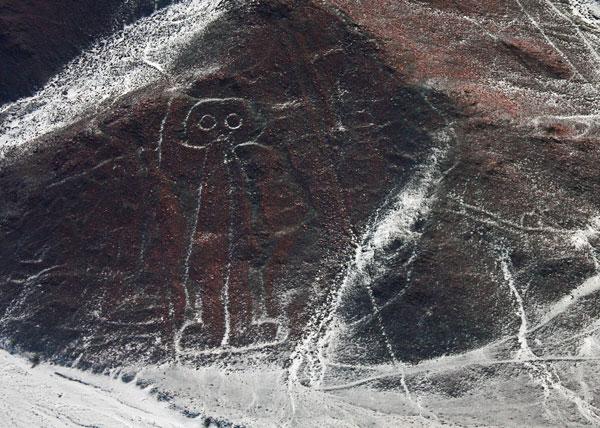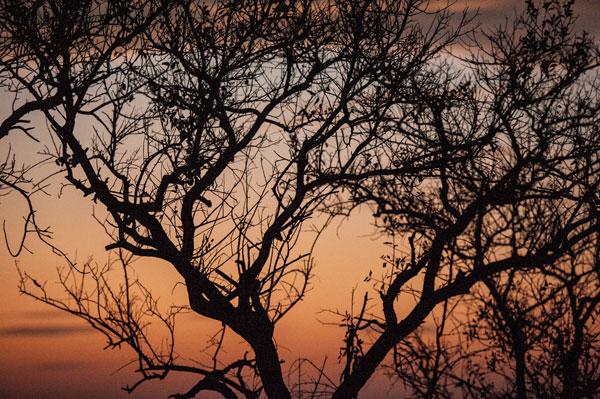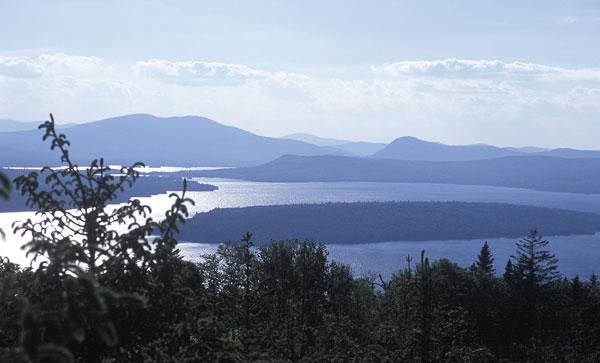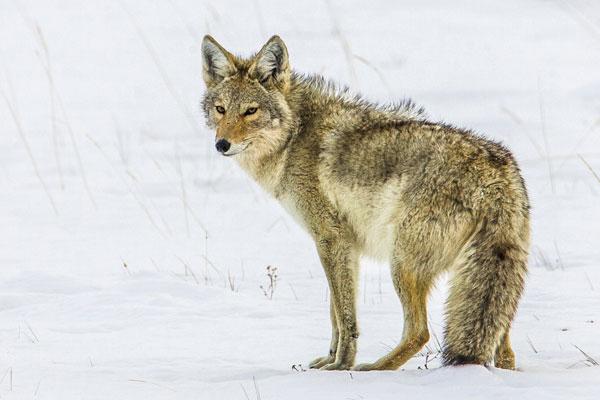Pro Techniques
Sort By: Post Date TitlePublish Date
|
Mar 25, 2014 |
First Published: Feb 01, 2014
|
Mar 21, 2014 |
First Published: Feb 01, 2014
|
Mar 17, 2014 |
First Published: Feb 01, 2014
|
Mar 14, 2014 |
First Published: Jan 01, 2014
|
Mar 11, 2014 |
First Published: Jan 01, 2014
|
Mar 07, 2014 |
First Published: Jan 01, 2014
|
Feb 21, 2014 |
First Published: Jan 01, 2014
|
Feb 11, 2014 |
First Published: Jan 01, 2014
|
Feb 04, 2014 |
First Published: Dec 01, 2013
|
Jan 28, 2014 |
First Published: Dec 01, 2013
|
Jan 24, 2014 |
First Published: Dec 01, 2013
|
Jan 17, 2014 |
First Published: Feb 01, 2014
|
Jan 14, 2014 |
First Published: Dec 01, 2013
|
Jan 03, 2014 |
First Published: Nov 01, 2013
















